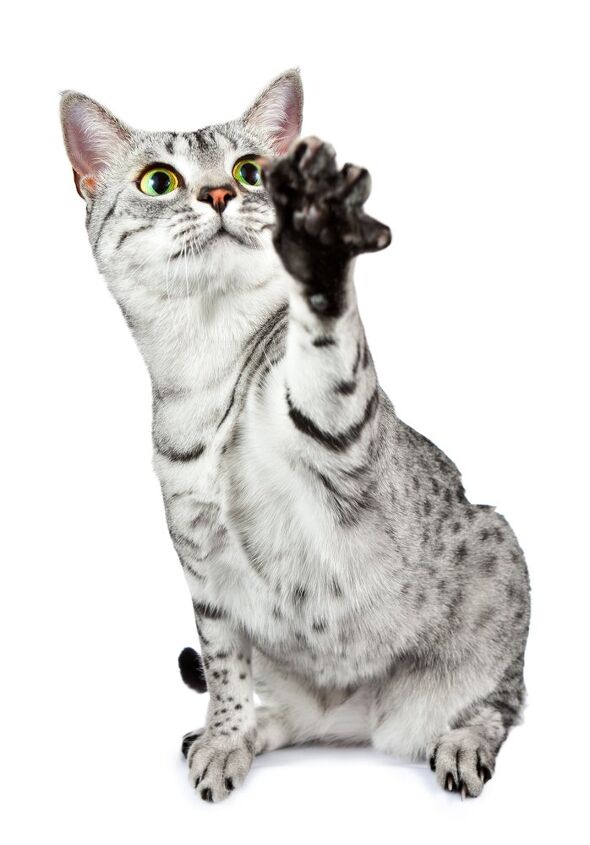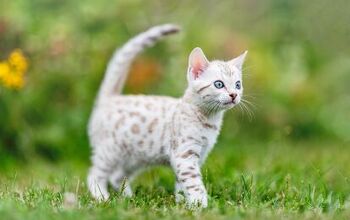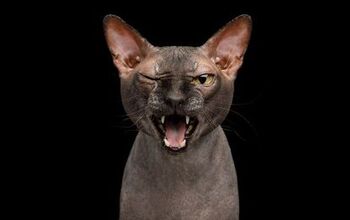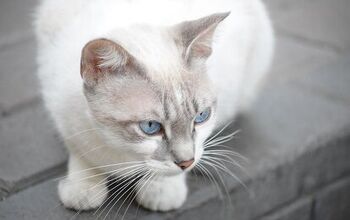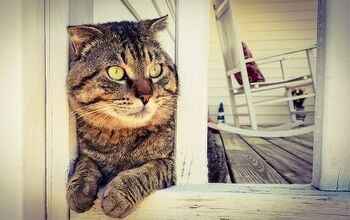Egyptian Mau


About Egyptian Mau
Genetic testing confirms the presence of heavily spotted domestic cats in ancient Egypt that were likely the antecedents of the current Egyptian Mau. There is also a potential link to a small African wild cat. The breed almost disappeared in Europe before World War I. In 1956, the Egyptian Mau was brought to America by a princess, Nathalie Troubetskoy. She established a cattery with two rescued Maus and successfully rescued the cats from near extinction through a program of selective breeding. The Mau gained acceptance in 1977 by the Cat Fancier’s Federation, and in 1979 from The Canadian Cat Association. In 1972 an Egypitan Mau, a silver female bred by Troubetskoy, became the first of its kind to win a CCA grand championship.
The Egyptian Mau’s exceptional level of intelligence and his unquestioned loyalty to his humans makes these irrepressible personable cats almost enchanting to be around.
The Egyptian Mau’s exceptional level of intelligence and his unquestioned loyalty to his humans makes these irrepressible personable cats almost enchanting to be around. Although cautious with strangers, the Mau will pick a special person on whom to shower its devotion. This does not stop the cat from being loving with the rest of the family, however. When the Mau feels at home, his curiosity and energy are boundless, and his attitude is one of friendly interaction and doting affection. The Mau seems to always be thinking “up,” whether that means looking down from the top of the refrigerator or riding around on your shoulder. They do like to have their own way, like many cats, but that doesn’t detract from their easy-going manner. When hungry, the Mau can be vocal, but otherwise, he’s not an overly talkative cat. They get on well with children, and with other pets.
The mildly exotic appearance of the Eyptian Mau is a part of his great appeal. With compelling green eyes and lovely spots on their coats, the Mau’s physical presence is one of grace, agility, and strength. Medium in build, but muscular and long of body, the Mau is both beautiful and elegant with a well-proportioned profile. The ears are large and broad based, set wide on the head to enhance this cat’s alert, interested expression. This cat’s front legs are slightly shorter than the hind legs, accentuating his “wild” stance. Egyptian Mau kittens have amber eyes that turn green in the first year to 18 months of life.
The Mau comes in shades of silver, bronze, or smoke. Lustrous and sleek, the breed exhibits complex patterns of spotting and stripping that make them real standouts in the feline world. Typically, a Mau will have a long black stripe that runs from head to tail along the line of its spine. Although “black” and “pewter” color variations are found in this breed, they are not eligible for show.
The texture of the Egyptian Mau’s coat can vary from silky and fine to a more dense and resilient thickness. Regardless, these cats need little more than a weekly brushing to keep them looking sleek and healthy.
Photo credit: Sarah Fields Photography/Shutterstock

Amy Tokic, Editor of PetGuide.com, is a passionate animal lover and proud pet parent of Oscar, a Shih Tzu/Chihuahua cross, and Zed, a Japanese Chin. Her love of animals began in kindergarten, when she brought her stuffed dog Snoopy into class with her every day. Now, she writes about her adventures in pet ownership and tirelessly researches products, news and health related issues she can share with other animal enthusiasts. In her free time, Amy loves perusing used book and record stores, obsessing over the latest pet products available and chasing squirrels with wild abandon (a habit attributed to spending too much time with her pooches).
More by Amy Tokic





